Introduction
Mugwort dumplings, known as 艾草团 (Ài Cǎo Tuán) in Chinese, are a beloved traditional treat with roots in Chinese cuisine and cultural heritage. These vibrant green dumplings, often enjoyed during festivals like Qingming Festival or Dragon Boat Festival, are celebrated for their earthy aroma, chewy texture, and delicate balance of sweet or savory fillings. Crafted from glutinous rice flour blended with fresh mugwort leaves, these dumplings embody the essence of spring and the importance of seasonal ingredients in Asian cooking. This article delves into the history, ingredients, and meticulous process of making 艾草团, ensuring even novice cooks can master this timeless recipe.
The Cultural Significance of Mugwort Dumplings
Mugwort (Artemisia argyi) has been used in Chinese medicine and cuisine for centuries. Its slightly bitter taste and aromatic properties are believed to promote health, including aiding digestion and warding off dampness. During the Qingming Festival, which falls in early April, families often visit ancestral graves and prepare 艾草团 as an offering. The dumplings’ green hue symbolizes renewal and respect for nature, while their round shape represents unity and wholeness. Today, 艾草团 transcend cultural boundaries, appearing in modern bakeries and fusion restaurants worldwide, yet their essence remains tied to tradition.
Ingredients: The Foundation of Flavor
Creating authentic 艾草团 requires careful selection of ingredients. Here’s a breakdown of the essential components:
- Mugwort Leaves: Fresh, tender mugwort leaves are ideal. If unavailable, dried mugwort powder can be substituted, though the flavor will be milder.
- Glutinous Rice Flour: This sticky flour forms the dumpling’s chewy exterior. Look for brands labeled “sticky rice flour” or “sweet rice flour.”
- Filling Options:
- Sweet Fillings: Red bean paste, black sesame paste, or crushed peanuts mixed with sugar.
- Savory Fillings: Minced pork with bamboo shoots, shiitake mushrooms, and soy sauce; or salted egg yolk with cured meat.
- Seasonings: Sugar, salt, and a touch of vegetable oil enhance the dough’s pliability and flavor.
- Optional Additions: A pinch of baking powder for a softer texture, or a sprinkle of toasted sesame seeds for garnish.
Equipment: Tools for Precision
To streamline the process, gather these kitchen essentials:

- A steamer basket or bamboo steamer (lined with parchment paper to prevent sticking).
- A food processor or blender (to purée the mugwort leaves).
- Mixing bowls, a sieve, and a wooden spoon.
- A rolling pin and a small dish of water (to seal the dumplings).
Step-by-Step Preparation
Preparing the Mugwort
- Wash and Blanch: Rinse the mugwort leaves thoroughly to remove dirt. Boil them in a pot of water for 2–3 minutes until wilted. This step mellows the bitterness and softens the leaves.
- Shock in Ice Water: Transfer the blanched leaves to an ice bath to halt cooking and preserve their vibrant green color.
- Purée: Squeeze out excess water, then blend the leaves into a smooth paste using a food processor. Add a tablespoon of water if needed.
Making the Dough
- Combine Flour and Mugwort: In a large mixing bowl, combine 2 cups of glutinous rice flour with ½ cup of mugwort purée. Mix until the dough resembles coarse crumbs.
- Add Liquid Gradually: Slowly pour in ¼–½ cup of warm water, stirring continuously. The dough should come together without being sticky. Adjust with more flour or water as needed.
- Knead and Rest: Knead the dough for 5–7 minutes until smooth and elastic. Cover with a damp cloth and let it rest for 20 minutes. This relaxes the gluten, making the dough easier to handle.
Preparing the Filling
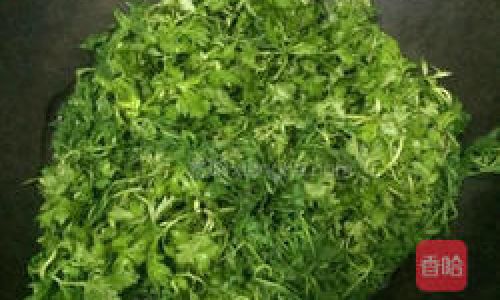
- Sweet Filling: For red bean paste, simmer 1 cup of adzuki beans with water and sugar until thick. Mash or blend until smooth.
- Savory Filling: Sauté ½ lb of ground pork with minced garlic, ginger, and diced vegetables. Season with soy sauce, oyster sauce, and white pepper.
Assembling the Dumplings
- Portion the Dough: Divide the dough into 1.5-inch balls (about 30g each). Keep them covered to prevent drying.
- Flatten and Fill: Using your palms, flatten each ball into a 3-inch circle. Place 1 tablespoon of filling in the center.
- Seal the Dumpling: Gently pinch the edges together, twisting to seal. Ensure no filling is exposed, as this may cause leakage during steaming.
Steaming to Perfection
- Arrange in Steamer: Place the dumplings in a steamer basket, leaving 1 inch between each to prevent sticking.
- Steam: Bring water to a boil, then reduce to a simmer. Steam the dumplings for 15–20 minutes until the dough turns translucent.
- Cool Slightly: Allow the dumplings to rest for 5 minutes before serving. This prevents burning and firms up the texture.
Garnishing and Serving
- Brush the dumplings with a thin layer of vegetable oil to maintain their luster.
- Sprinkle with toasted sesame seeds, coconut flakes, or crushed peanuts for added crunch.
- Serve warm or at room temperature with a side of green tea or chrysanthemum tea.
Tips for Success
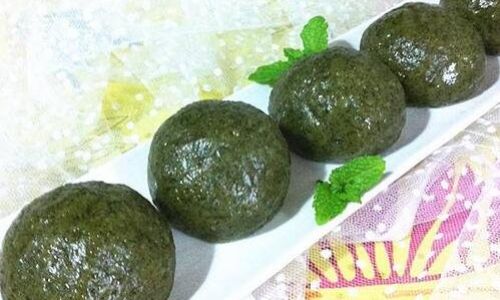
- Mugwort Substitutions: If fresh mugwort is unavailable, use 1 tablespoon of dried mugwort powder mixed with water.
- Dough Consistency: The dough should be soft but not sticky. If too wet, add flour; if too dry, sprinkle with water.
- Preventing Sticking: Line the steamer with parchment paper or cabbage leaves to avoid dumplings adhering to the basket.
- Storage: Leftover dumplings can be refrigerated for 3 days or frozen for up to a month. Reheat by steaming or microwaving.
Variations and Creative Twists
Modern interpretations of 艾草团 abound, with chefs experimenting with fillings and presentations:
- Sweet Potato Filling: Mash steamed sweet potato with condensed milk for a velvety filling.
- Matcha Infusion: Blend matcha powder into the dough for a double-green aesthetic.
- Miniature Dumplings: Create bite-sized versions stuffed with Nutella or custard for a fusion dessert.
Health Benefits of Mugwort Dumplings
Beyond their culinary appeal, 艾草团 offer nutritional advantages:
- Mugwort: Rich in antioxidants, vitamins A and C, and fiber, it supports immune health and digestion.
- Glutinous Rice: A good source of energy-boosting carbohydrates, though portion control is advised due to its high glycemic index.
- Low Fat: When steamed, these dumplings are relatively low in fat compared to fried alternatives.
Troubleshooting Common Issues
- Dough Too Sticky: Add 1 teaspoon of glutinous rice flour at a time until manageable.
- Dumplings Collapsing During Steaming: Ensure the steamer lid is tightly sealed to maintain steam pressure.
- Bland Flavor: Increase the mugwort ratio or add a pinch of salt to the dough.
Conclusion
艾草团 are more than just dumplings—they are a bridge between generations, a celebration of spring, and a testament to the beauty of simplicity. Whether enjoyed during a festival or as a comforting snack, these dumplings invite us to slow down, savor each bite, and honor the traditions that nourish both body and soul. With patience and practice, anyone can master the art of crafting these emerald gems, turning kitchen endeavors into moments of cultural connection. So, gather your ingredients, embrace the aroma of mugwort, and embark on a culinary journey that transcends time.
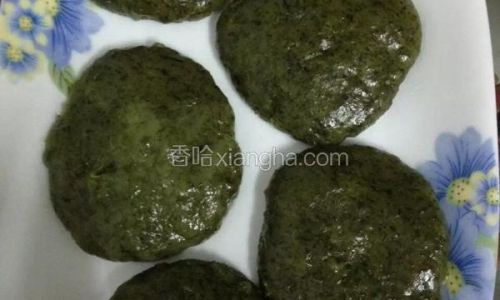
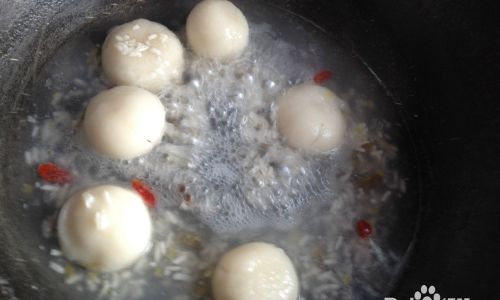
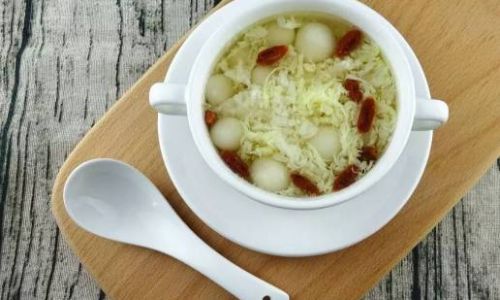
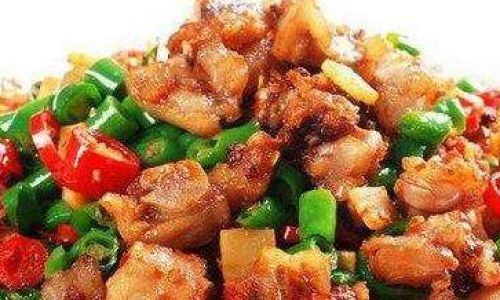
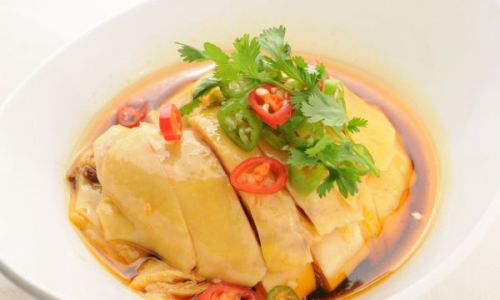
0 comments